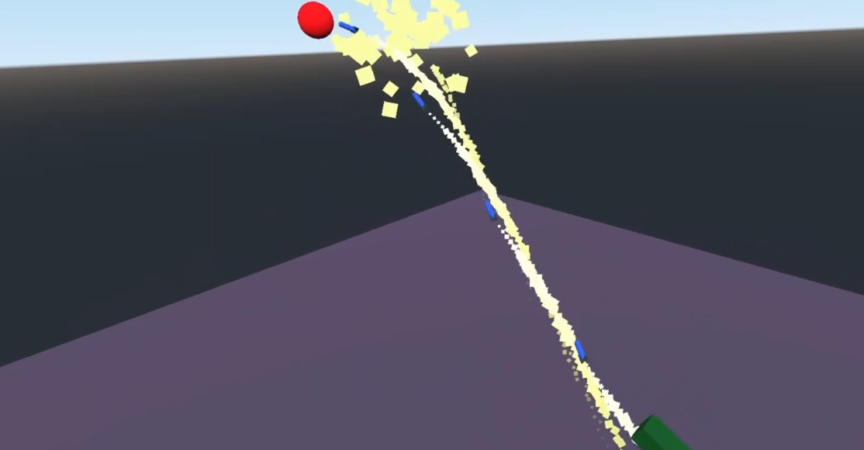Game AI Fundamentals with Godot Engine
Release date:2021, August
Author:Naravana Walters
Skill level:Beginner
Language:English
Exercise files:Yes
This course covers a bunch of algorithms I use in my games when designing and making npcs to fight the player or fight with the player. These are things like vision systems for handling vision cones and line of sight, aiming systems for aiming at targets with set turn speeds, homing missiles, leading shots when firing projectiles with and without gravity, accuracy systems to simulate more realistic accuracy when leading shots, optimized pathfinding for hundreds of npcs, teams and group battle systems for npcs to engage in large-scale battles with each other, and state machines to simulate behaviours like patrolling, guarding, attacking, and dying. This course is for the Godot engine, though if you’re a somewhat experienced programmer you could probably translate the code over pretty easily. There’s a new stupid unhelpful ‘feature’ that requires me to have two hundred words in the description which is completely pointless and wastes people’s time so here’s some extra words that add literally nothing but help me reach the word count required which some dumb executive probably decided would make courses on this site look more professional when in reality professionals want short and to-the-point content without stupid arbitrary requirements. This course is designed to be clean and to-the-point as much as possible and has a unique lesson-based approach in which I provide partially set-up game scenes with a defined problem to be solved (such as leading shots on a moving target). I then go through and explain how to write the necessary algorithms to solve this problem.





 Channel
Channel






Thanks, interesting one.
No video 001 ?